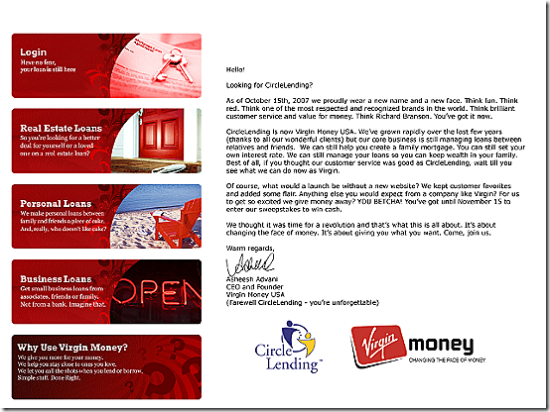 Earning interest is a great incentive for kids to save. Even a couple bucks in "free" money earned on their deposit is a great motivator. But with many savings rates below 1% annually, it doesn't add up fast enough for lower balance levels. At US Bank's 0.10% rate, my son's $1,700 in savings would only earn him $1.70 per year, or 14 cents a month. There is no incentive there.
Earning interest is a great incentive for kids to save. Even a couple bucks in "free" money earned on their deposit is a great motivator. But with many savings rates below 1% annually, it doesn't add up fast enough for lower balance levels. At US Bank's 0.10% rate, my son's $1,700 in savings would only earn him $1.70 per year, or 14 cents a month. There is no incentive there.
But at Patelco Credit Union, with its kid-friendly "gr8 r8" account (see note 1, 2), he would earn 8% on the first $1,000 and the going rate on the rest (1.51%). And the 8% is guaranteed through the end of 2008. So his annual return increases to $81, or almost $7 per month, 50x the US Bank return. Seven bucks extra a month is real money to a pre-teen, and gives him a good taste for the benefits of saving and investing for the long-term. Even more important, it positions the CU as family friendly, impressing the parents and maybe hooking the kids as future members as well.
Granted, the business case is tricky. Does subsidizing junior to the tune of $5/mo really benefit the credit union and its members. If the CU had 20,000 of these accounts, that's an extra $1.2 million per year in interest expense. Might the credit union's other 220,000 members prefer an extra $5 in their accounts at the end of the year? I'm guessing most members would support efforts to instill savings discipline in today's youths. And the marketing and PR benefits are excellent. The CU even features the account on its homepage (see screenshot below).
So, overall I r8 it gr8. Thanks Trey (see note 2).  
Patelco CU homepage (19 Oct. 2007)
Notes:
1. Must be under 21 when account opened. No maximum account balance, but only the first $1,000 earns 8%. The special rate is good through the end of 2008, when the account reverts to a regular savings account.
2. I just realized the account name, gr8 r8, is a double entendre, not only being SMS-speak for "great rate," but also with an eight-percent rate. [My family has to spell these things out for me.]  
3. Thanks to Trabian's Trey Reeme for the tip (here). And I agree with him, gr8 r8 savings absolutely must have an SMS component, at minimum a message each month when the "free money" (interest) is added to the account.















 In the past 10 years, we've seen dozens of bank-powered sites targeting small businesses. Citibank ran one for a few years called Bizzed. Back then, they were called "portals." Now, they are "social
In the past 10 years, we've seen dozens of bank-powered sites targeting small businesses. Citibank ran one for a few years called Bizzed. Back then, they were called "portals." Now, they are "social 





